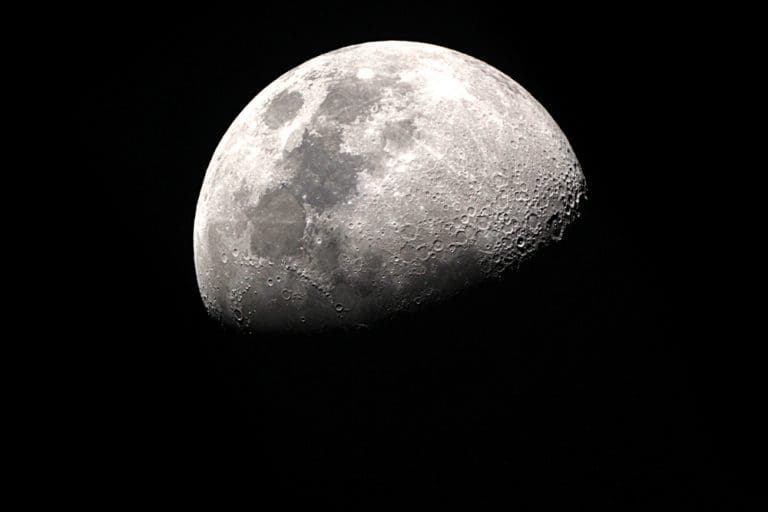A recent Harvard study has reignited the age-old debate about extraterrestrial life, suggesting that aliens might be living among us, potentially disguised as humans or even hidden in secret bases, possibly inside the moon. This provocative claim stems from a new paper authored by Avi Loeb, a prominent Harvard astronomer, and his colleagues, who propose that extraterrestrials could have integrated into human society or established clandestine outposts.
The study’s central thesis revolves around the possibility that advanced alien civilizations may have already visited Earth and opted to remain covert. Loeb’s paper explores various scenarios, including aliens blending seamlessly into human populations or residing in hidden bases on or within celestial bodies like the moon. This notion challenges the traditional view that extraterrestrial encounters would be overt and spectacular, akin to scenes from science fiction.
Loeb’s research builds on previous work that speculated about the existence of advanced civilizations capable of traveling across vast interstellar distances. He suggests that these civilizations might possess the technology to remain undetected by our current observational methods. The paper discusses how aliens could employ advanced camouflage techniques or even possess biological features allowing them to mimic human appearance and behavior.
One of the more controversial aspects of the study is the suggestion that aliens might live among us, indistinguishable from ordinary humans. This hypothesis raises intriguing questions about the nature of identity and the potential for extraterrestrial influence on human affairs. Loeb and his team speculate that if aliens have integrated into human society, they could be monitoring or even subtly guiding our development.
The concept of extraterrestrial life residing in hidden bases, such as within the moon, taps into long-standing conspiracy theories and public fascination with lunar mysteries. The moon has often been the subject of speculation regarding hidden alien bases or artifacts. Loeb’s study adds a scientific lens to these ideas, positing that the moon’s surface or interior could provide a perfect hideout for extraterrestrial entities.
The study also touches on the recent surge in UFO sightings and the increasing acknowledgment from governments and military agencies regarding unidentified aerial phenomena. Loeb argues that these sightings could be evidence of alien surveillance or exploratory missions, further supporting the idea that extraterrestrials are closer than we think.
While the Harvard study has stirred excitement and curiosity, it has also drawn skepticism from the scientific community. Critics argue that the paper lacks concrete evidence and relies heavily on theoretical scenarios without empirical backing. However, Loeb counters that the absence of evidence is not evidence of absence, urging the scientific community to keep an open mind and continue exploring unconventional hypotheses.
This latest research invites us to reconsider our assumptions about extraterrestrial life and its potential interactions with Earth. Whether or not aliens are living among us, the study underscores the importance of broadening our search for intelligent life beyond traditional methods and locations. As our technological capabilities advance, the line between science fiction and scientific possibility continues to blur, keeping the quest for extraterrestrial life as one of humanity’s most captivating endeavors.




